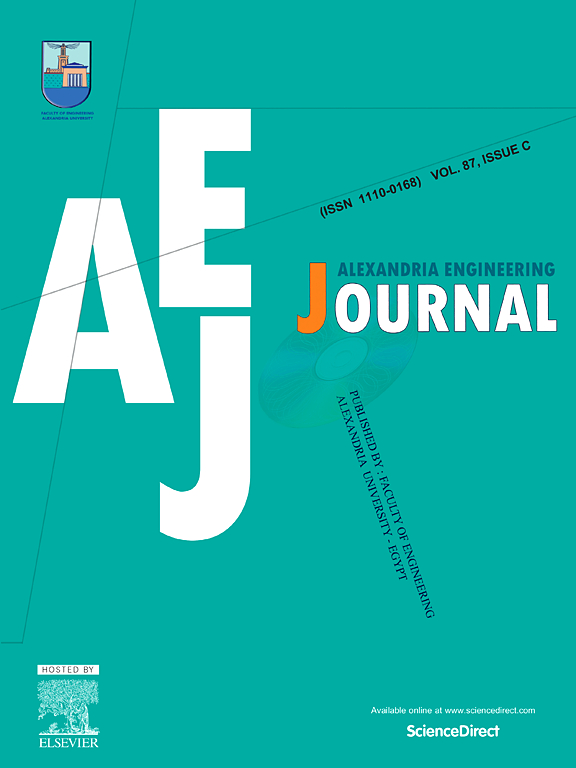连接电力市场和碳交易市场的区块链模式
IF 6.8
2区 工程技术
Q1 ENGINEERING, MULTIDISCIPLINARY
引用次数: 0
摘要
许多国家将碳交易机制作为控制碳排放的主要政策工具。碳交易体系虽已建立,但仍存在碳核算标准不统一、数据失真、整体流程效率低下等问题。我们提出了一个创新的区块链模型,将碳交易体系、监管部门、电力消费者和发电企业的初始碳配额分配整合到一个统一的框架中。通过将这些组成部分连接起来,该模型促进了政府监管、电力公司减排、消费者购电以及碳市场上的剩余碳配额交易。该模型的关键创新包括建立标准化的碳核算体系,提高数据透明度以降低数据伪造的风险,以及通过有效控制碳排放总量来优化社会福利的两阶段差分博弈框架。仿真结果表明,该区块链系统可以有效地将碳排放稳定在理想的水平,从而有助于更有效地控制污染。本文章由计算机程序翻译,如有差异,请以英文原文为准。
A blockchain model connecting electricity market and carbon trading market
Many countries adopt carbon trading mechanism as the main policy tool to control carbon emissions. Although carbon trading systems have been established, there are still some ongoing problems such as inconsistent carbon accounting standards, data distortion and inefficient overall process within these systems. We propose an innovative blockchain model that integrates the carbon trading system, initial carbon allowance allocation by regulatory authorities, electricity consumers, and power generation firms into a unified framework. By connecting these components, the model facilitates government regulation, emission reduction by electricity companies, electricity purchasing by consumers, and trading of surplus carbon allowances in the carbon market. The key innovations of our model include the establishment of a standardized carbon accounting system, enhanced data transparency to reduce the risk of data falsification, and a two-stage differential game framework that optimizes social welfare through effective control of total carbon emissions. Our simulations demonstrate that this blockchain system can effectively stabilize carbon emissions at a desirable level, thereby contributing to more efficient pollution control.
求助全文
通过发布文献求助,成功后即可免费获取论文全文。
去求助
来源期刊

alexandria engineering journal
Engineering-General Engineering
CiteScore
11.20
自引率
4.40%
发文量
1015
审稿时长
43 days
期刊介绍:
Alexandria Engineering Journal is an international journal devoted to publishing high quality papers in the field of engineering and applied science. Alexandria Engineering Journal is cited in the Engineering Information Services (EIS) and the Chemical Abstracts (CA). The papers published in Alexandria Engineering Journal are grouped into five sections, according to the following classification:
• Mechanical, Production, Marine and Textile Engineering
• Electrical Engineering, Computer Science and Nuclear Engineering
• Civil and Architecture Engineering
• Chemical Engineering and Applied Sciences
• Environmental Engineering
 求助内容:
求助内容: 应助结果提醒方式:
应助结果提醒方式:


